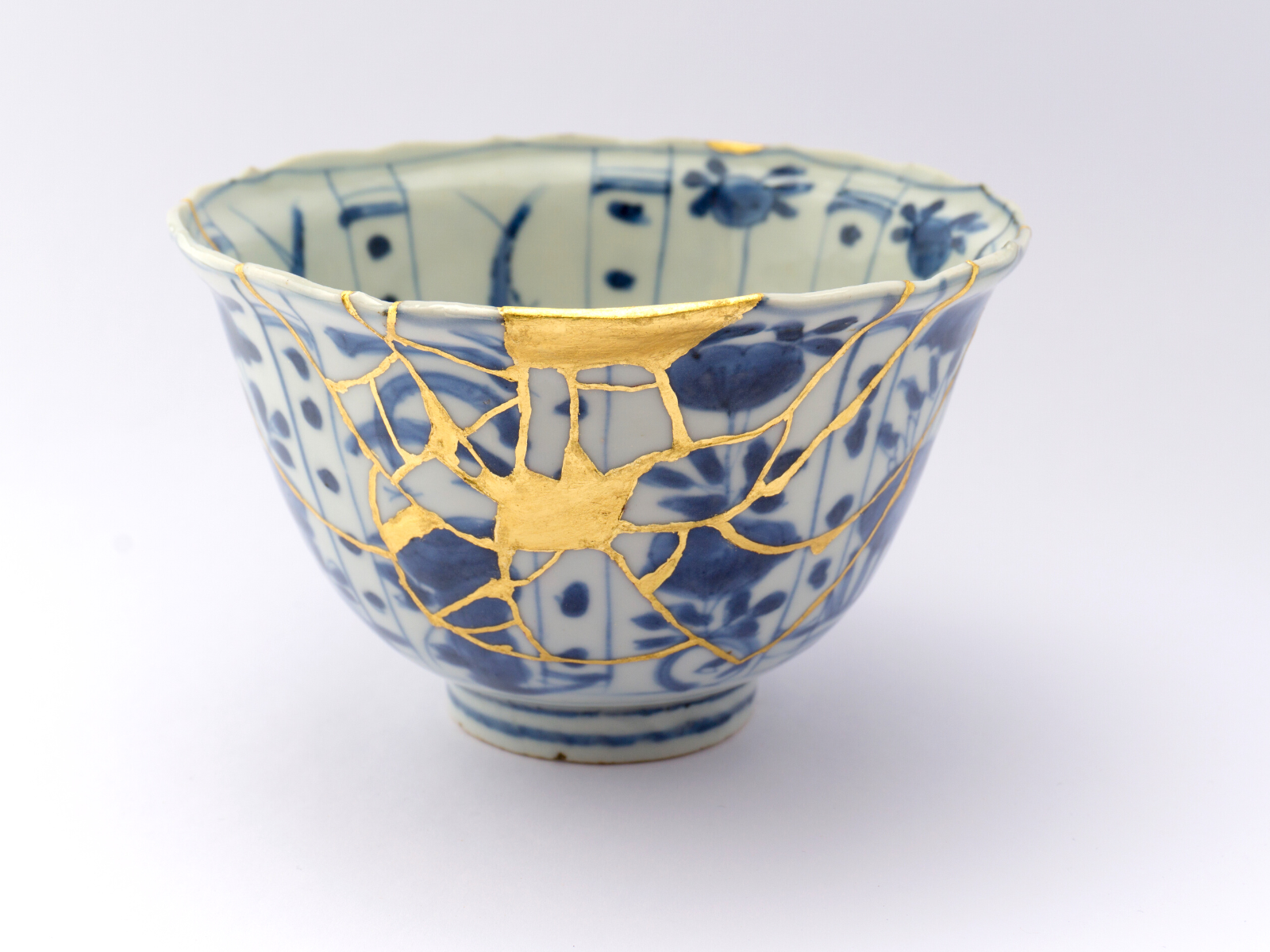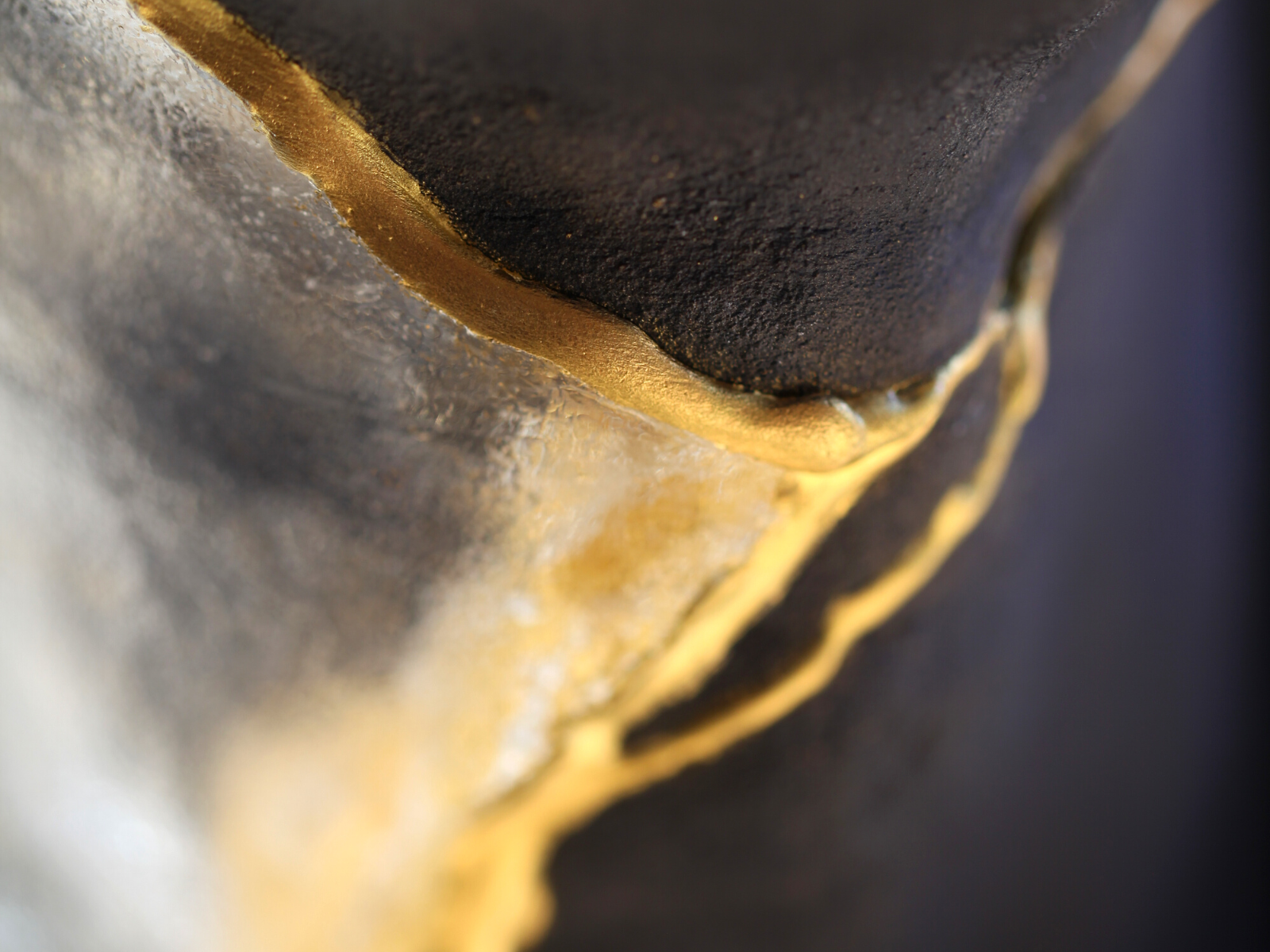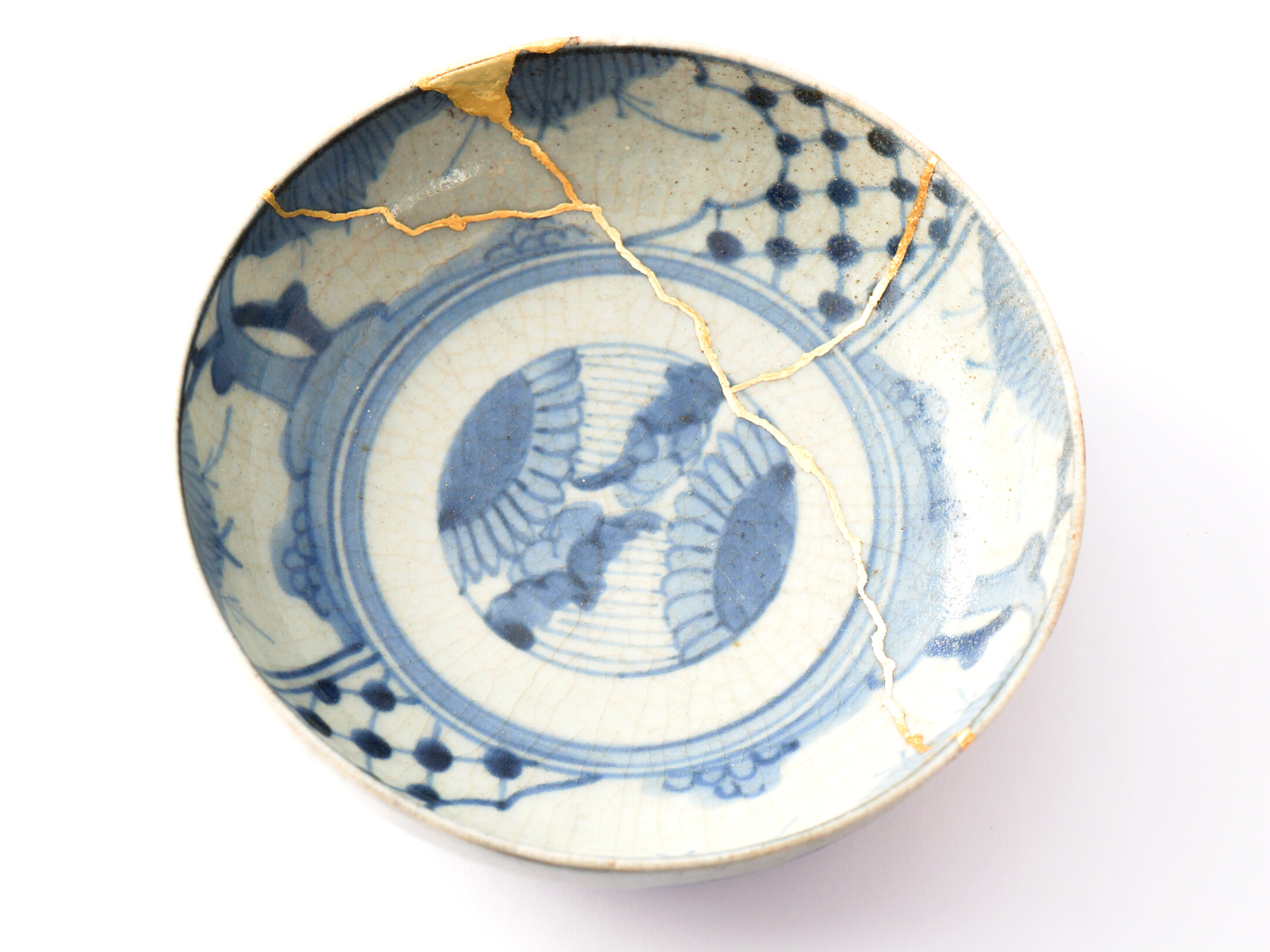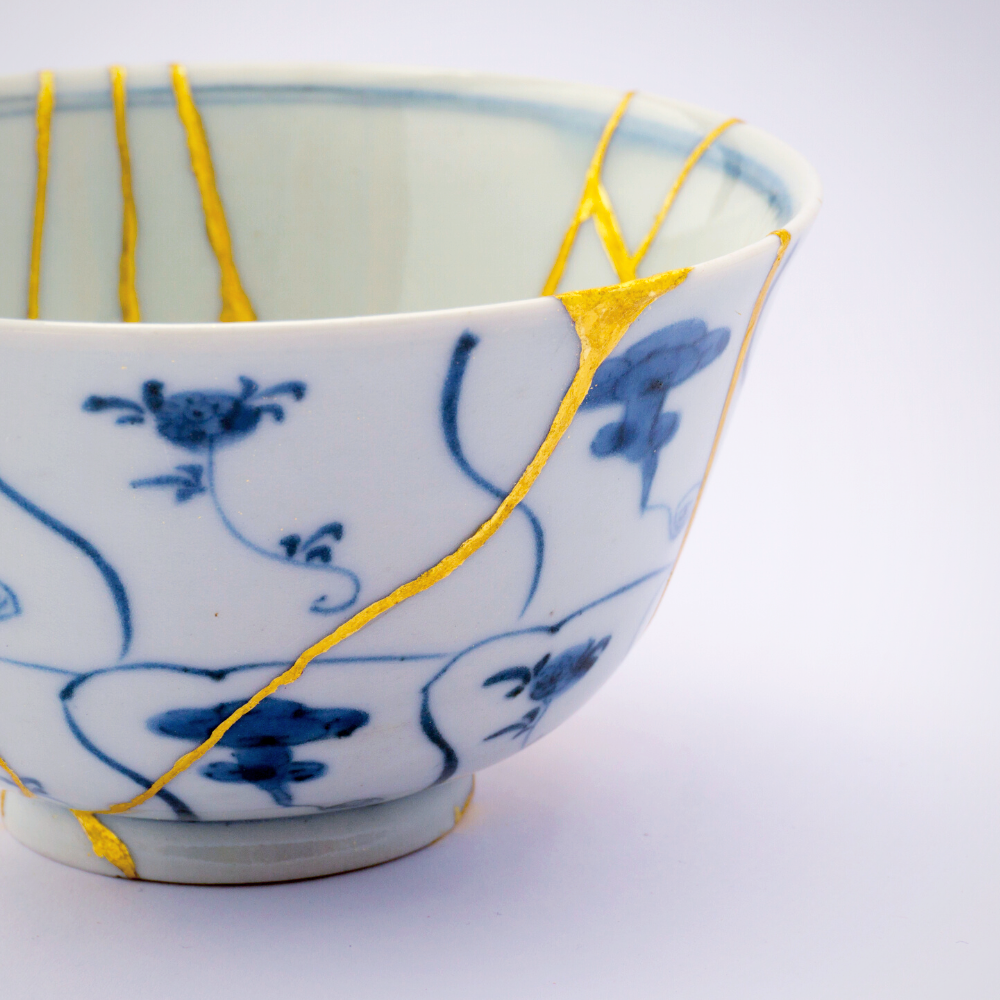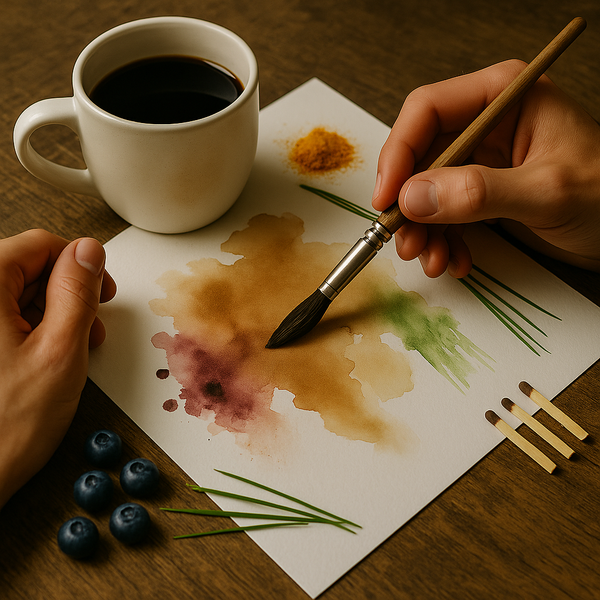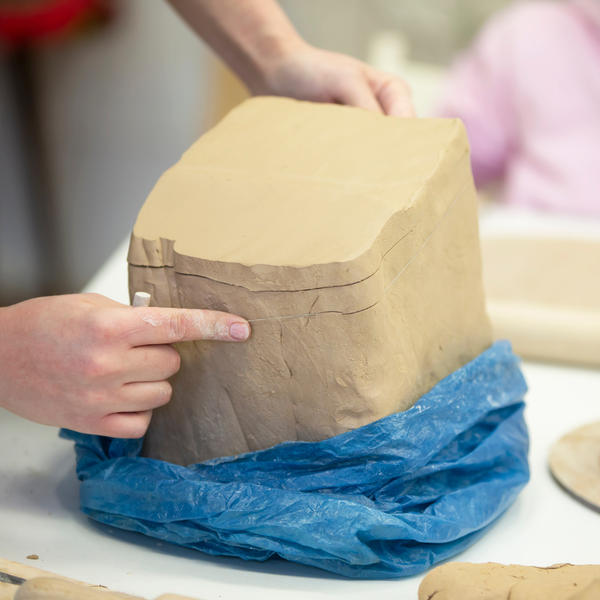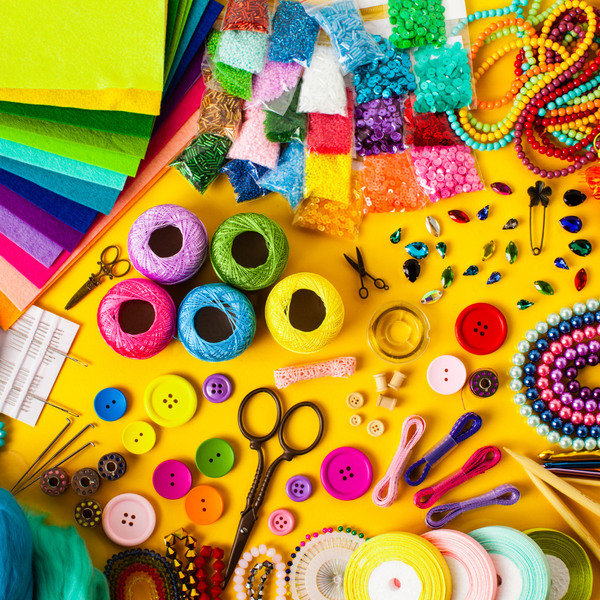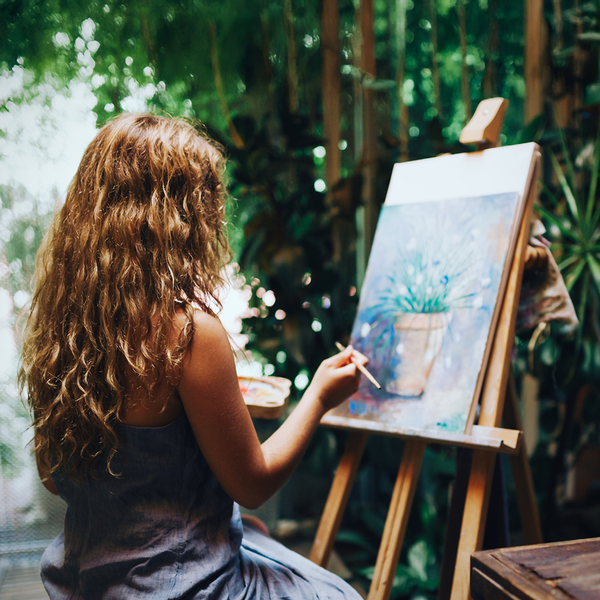Have you ever felt a pang of guilt after breaking a cherished ceramic mug or plate? Perhaps you attempted to glue it back together, only to find it never quite looked the same. Enter kintsugi, a Japanese art form that invites us to see damage in a new light, transforming broken pieces into something beautiful.
Broken pieces can become transformed and embrace the beauty of the damage. Let's delve into the fascinating world of kintsugi, exploring its history, symbolism, and how its principles can enrich our lives. You'll never look at broken ceramics the same way again!
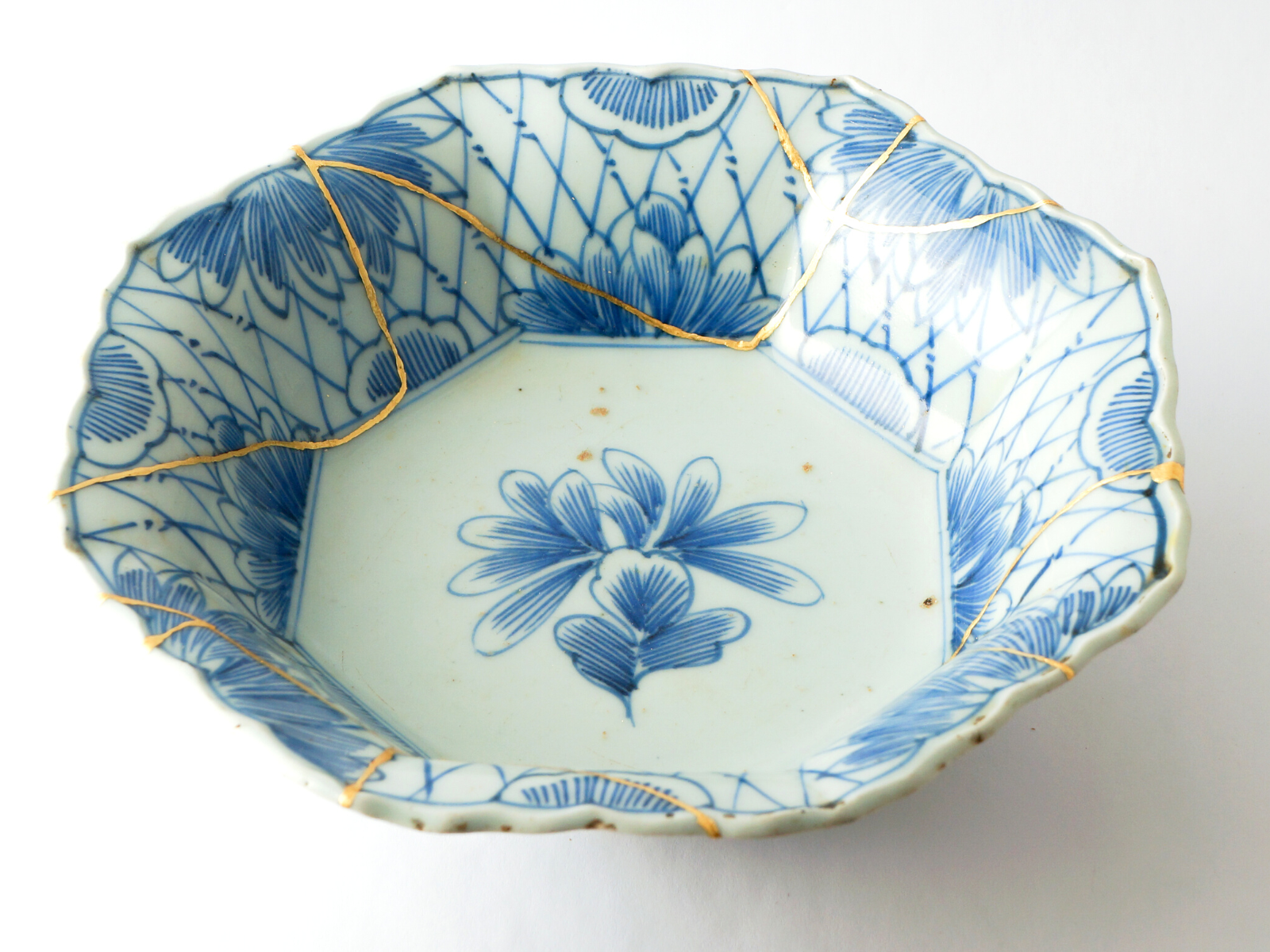
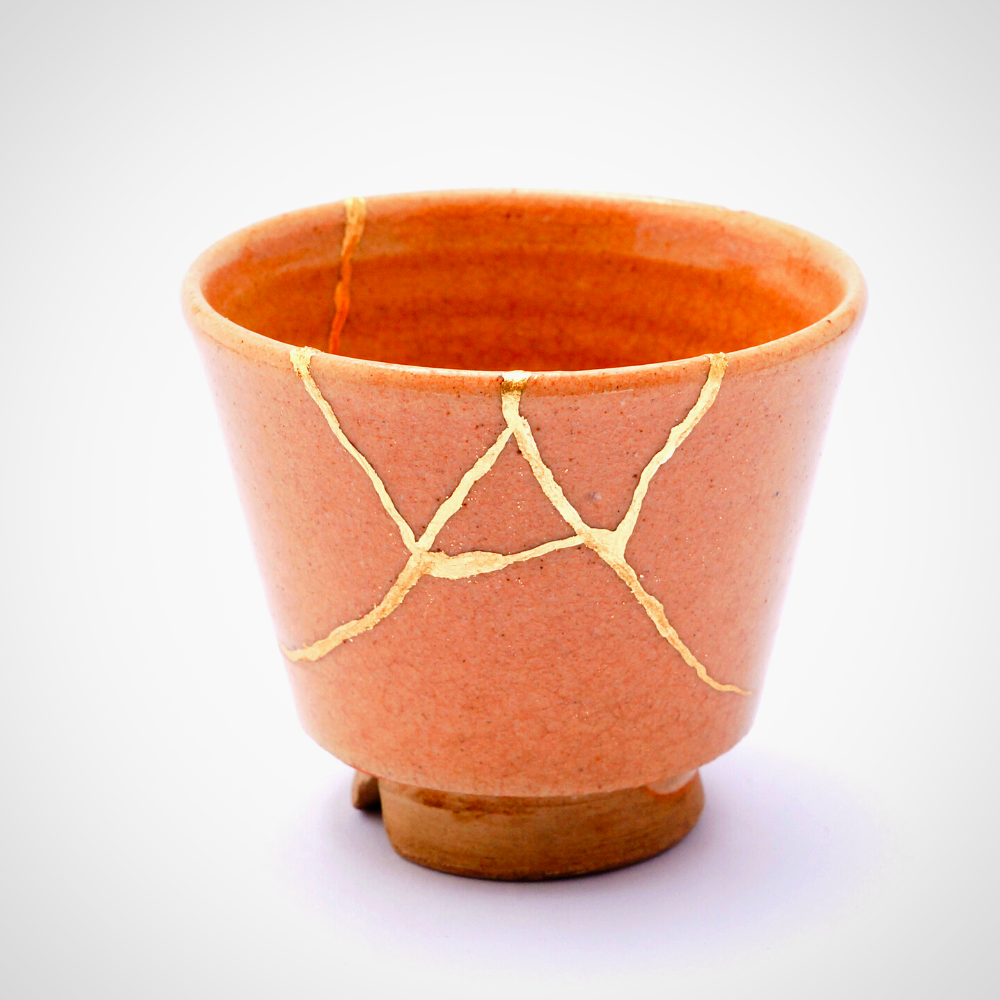
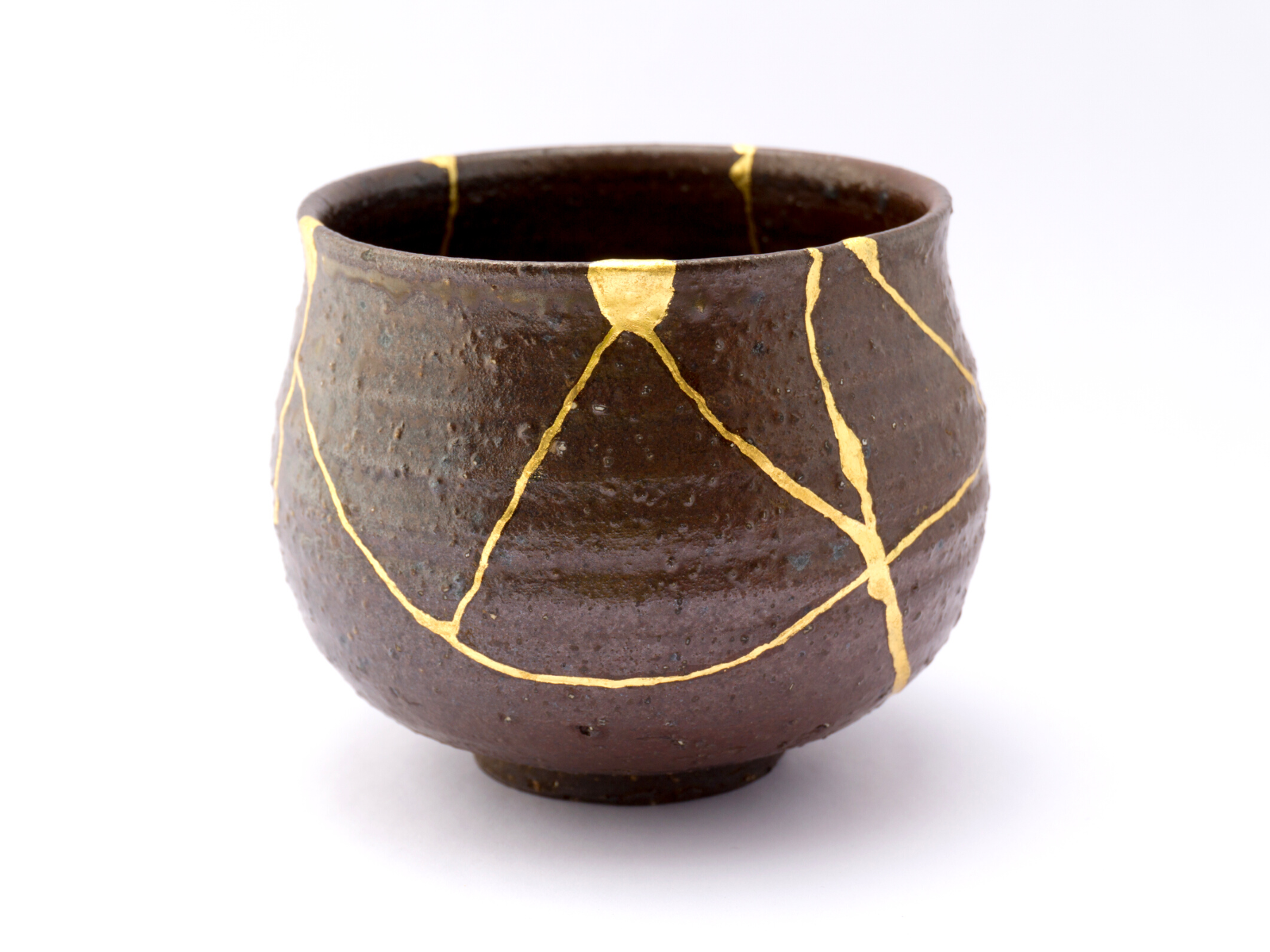
The Art of Kintsugi: A Celebration of Imperfection
Kintsugi, which translates to “golden joinery,” is a centuries-old Japanese tradition of repairing broken pottery. Instead of concealing the damage, kintsugi repair highlights it by using lacquer mixed with powdered gold, silver, or platinum. This technique not only restores the item but also enhances its beauty, creating a piece that is often more stunning than the original.
In Western cultures, breakage is often seen as a flaw or failure. However, kintsugi embraces the cracks and imperfections, viewing them as opportunities to create something even more beautiful. This philosophy encourages us to appreciate the history and transformation of an object, celebrating its journey rather than discarding it.
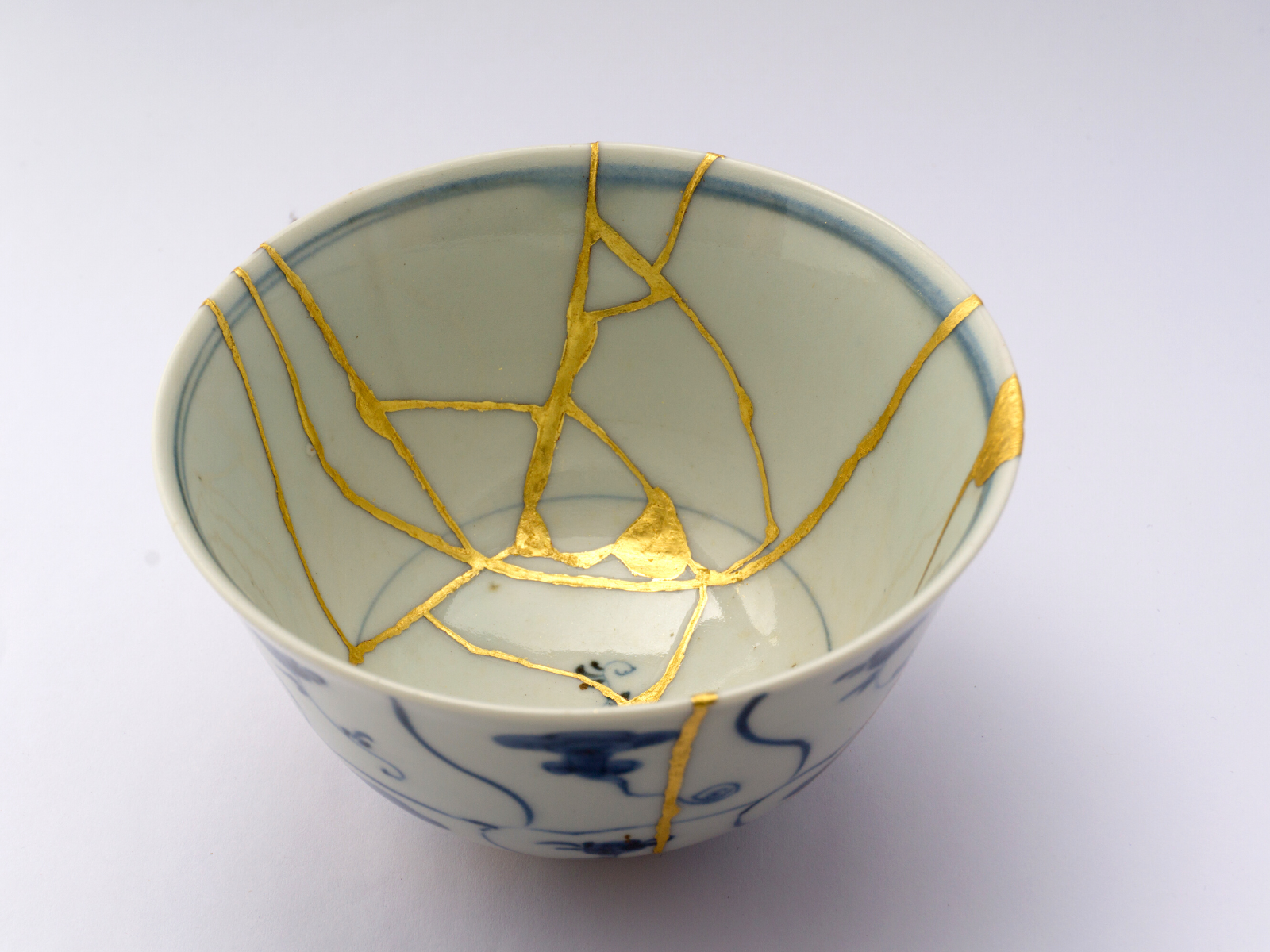
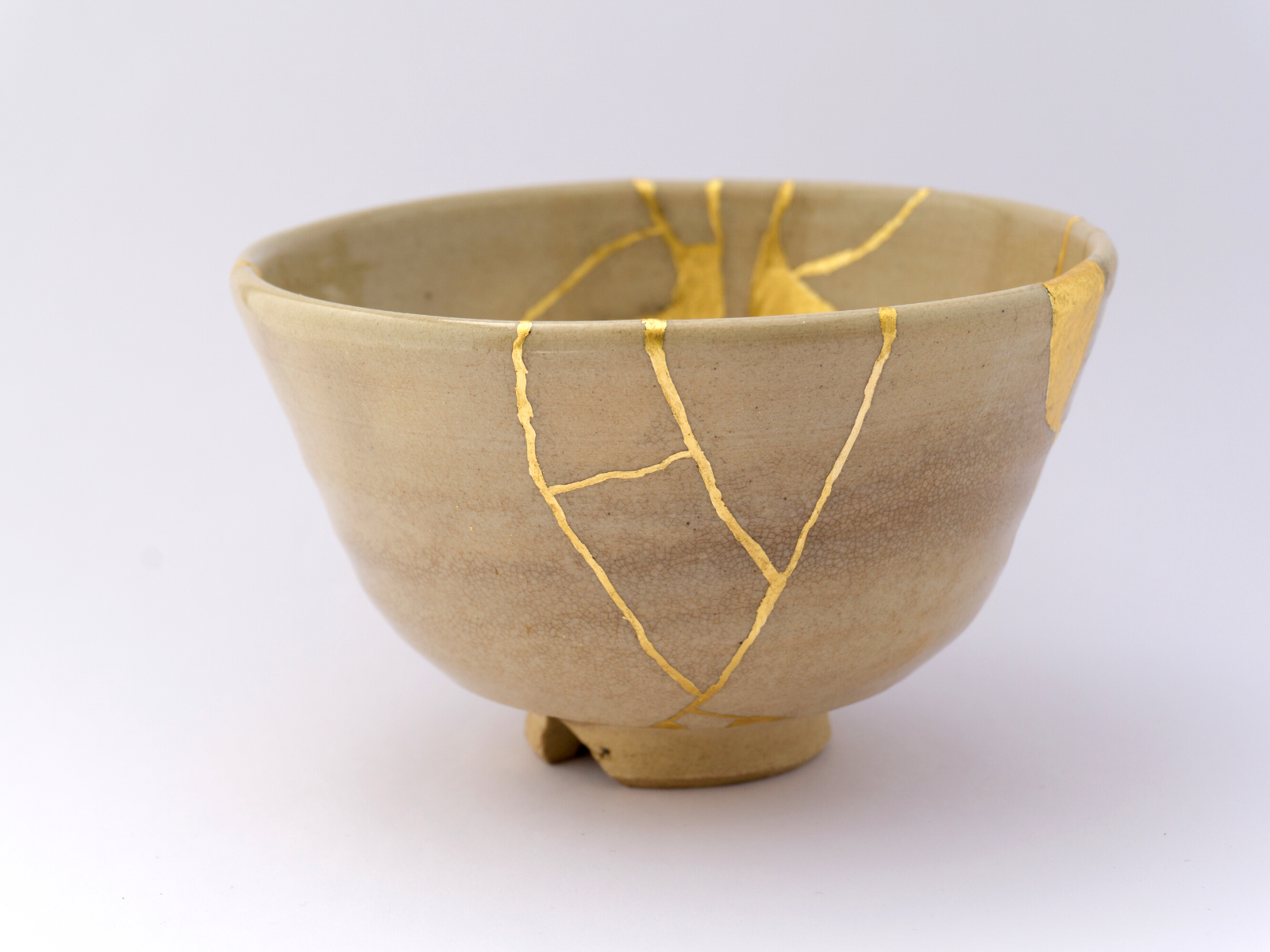
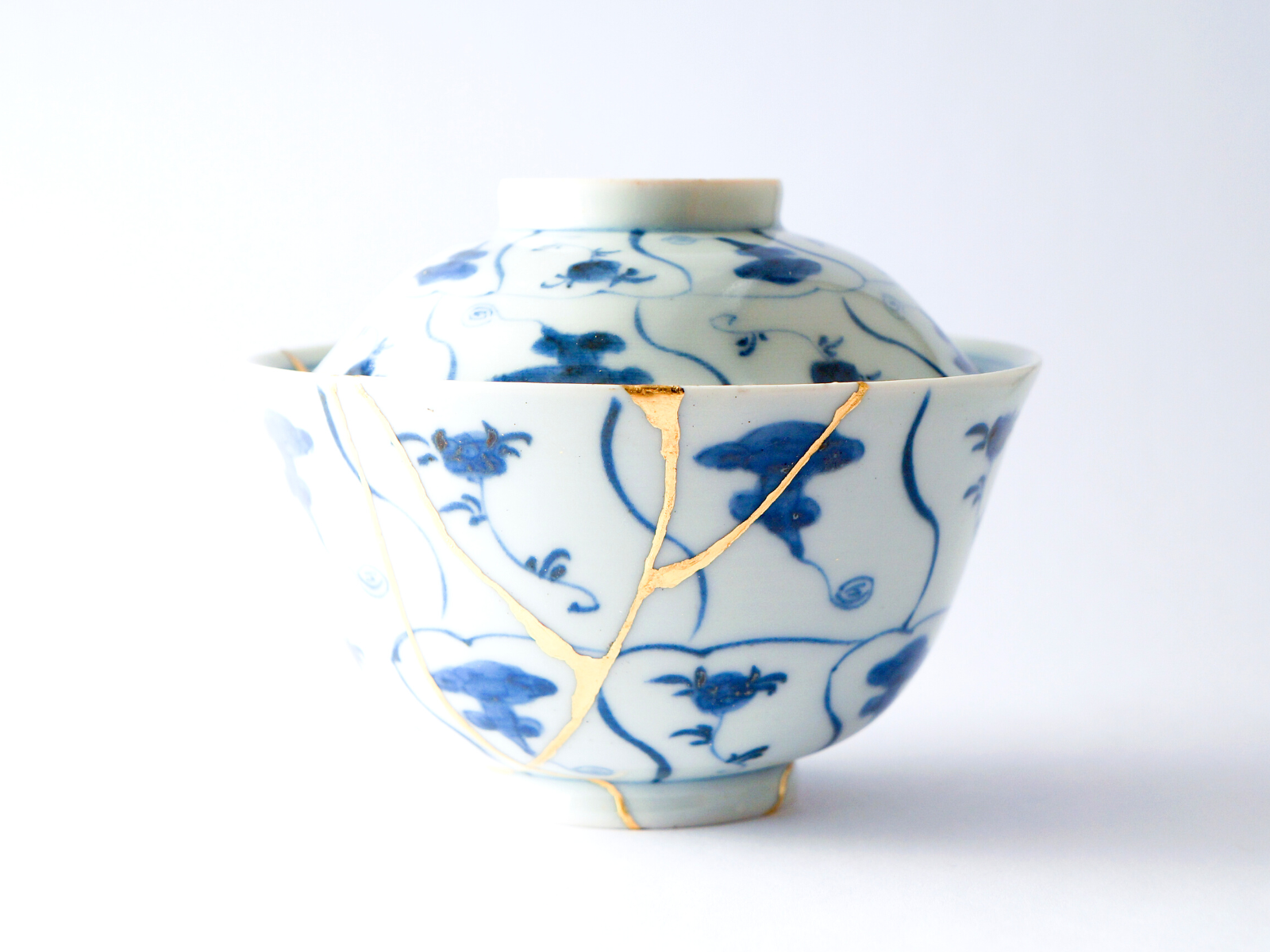
What is Kintsugi?
Kintsugi is a traditional Japanese art form that involves repairing broken pottery with gold or silver lacquer, highlighting the brokenness rather than disguising it.
The term “kintsugi” literally means “golden joinery” or “golden repair,” and it represents the idea that brokenness can be beautiful and valuable, rather than something to be discarded. Kintsugi is a unique and intricate process that requires great skill and patience, and it is often used to repair tea bowls, ceramic ware, and other delicate pieces.
In the practice of kintsugi, the broken pottery is carefully mended with a special lacquer derived from the sap of the urushi tree. This lacquer is then mixed with powdered gold, silver, or platinum to create the signature shimmering seams that define kintsugi.
The result is a piece that not only retains its functionality but also gains a new, unique beauty through its golden joinery. This process transforms broken pottery into a work of art, celebrating its history and imperfections.
Kintsugi embodies a profound Japanese philosophy that sees beauty in imperfection and impermanence. It teaches us that brokenness is not something to hide but to embrace, as it adds to the story and character of an object. This philosophy is deeply rooted in the Japanese appreciation for the natural cycle of growth, decay, and renewal, making kintsugi a powerful metaphor for resilience and transformation.
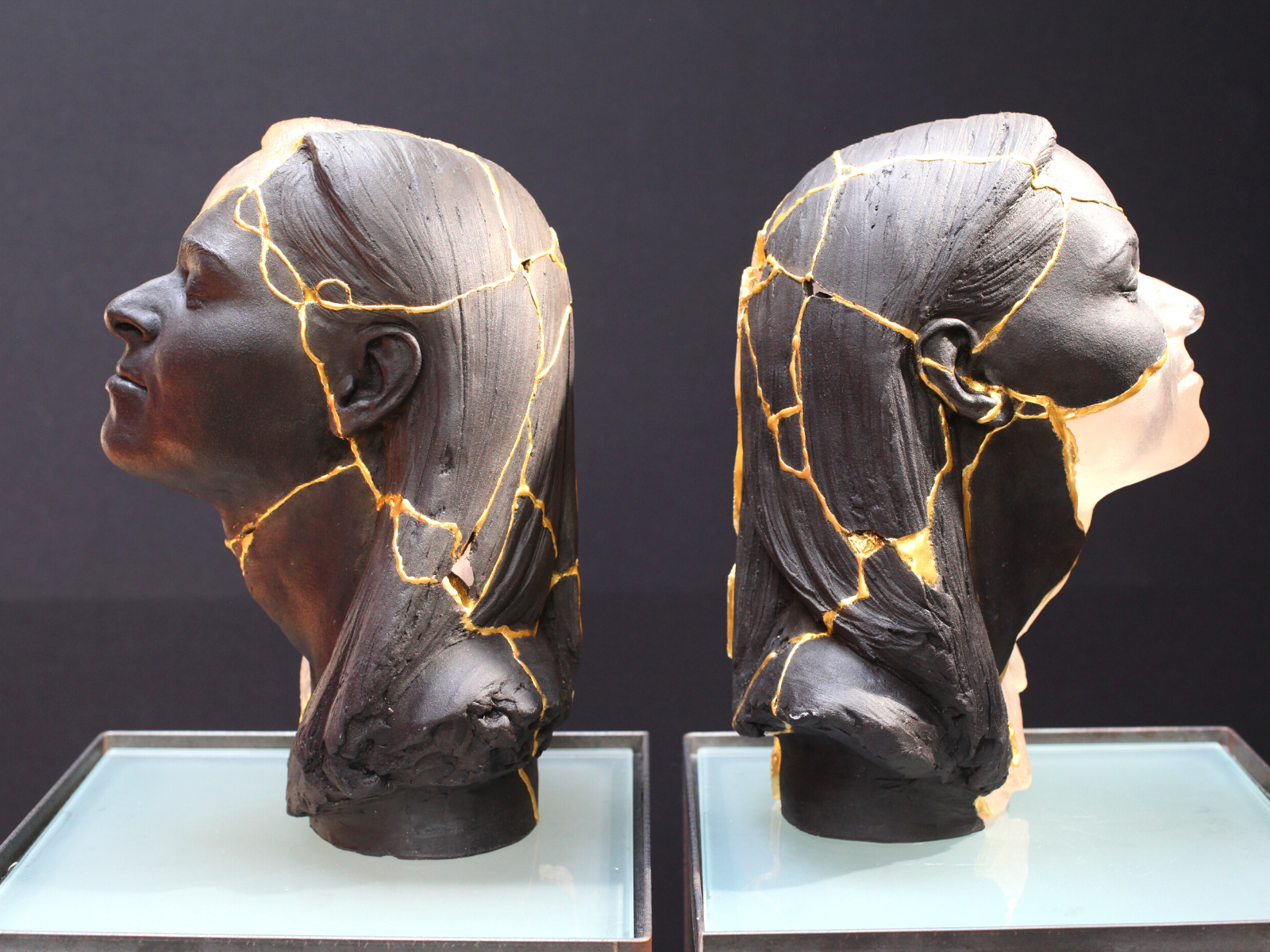
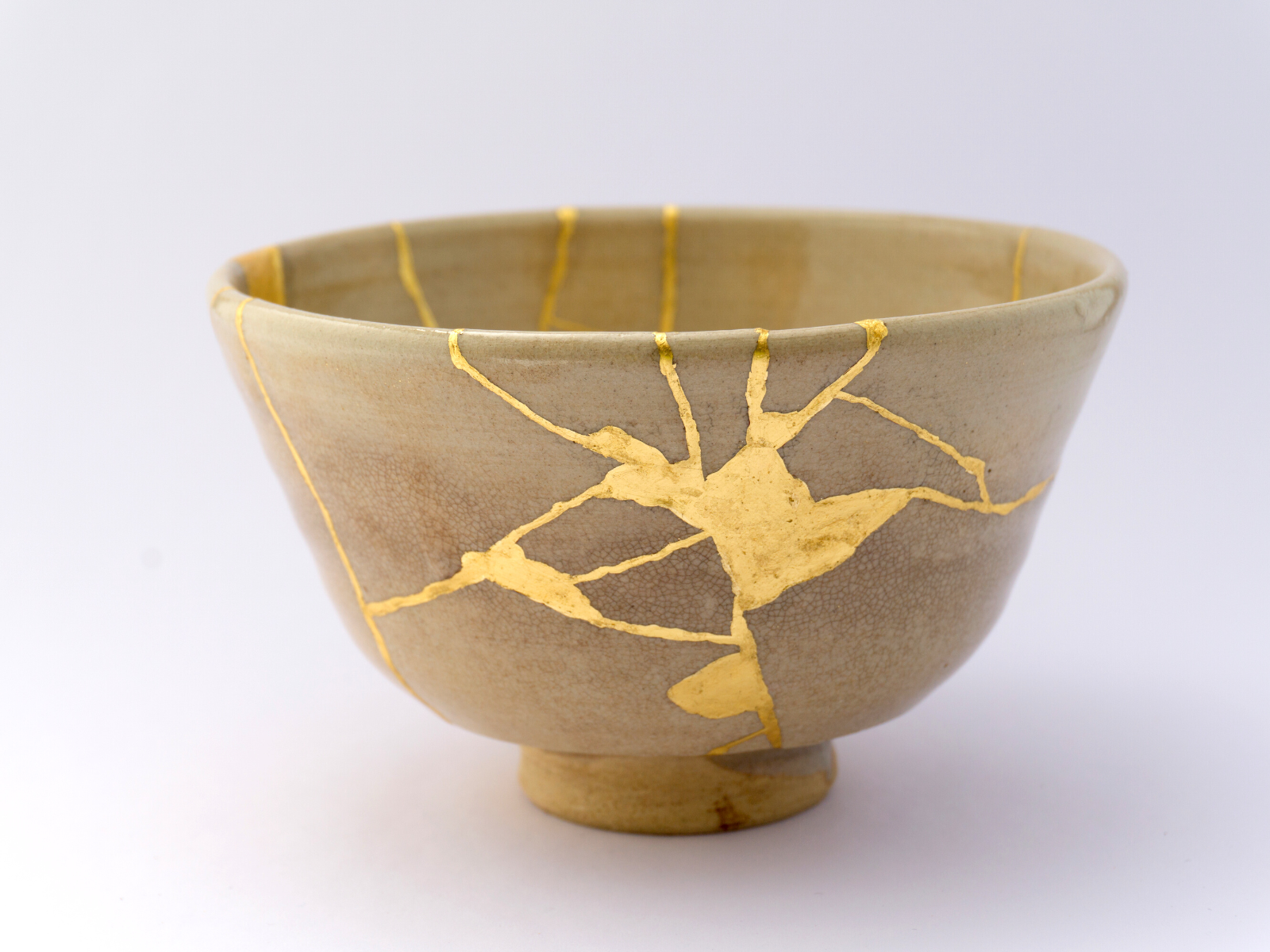
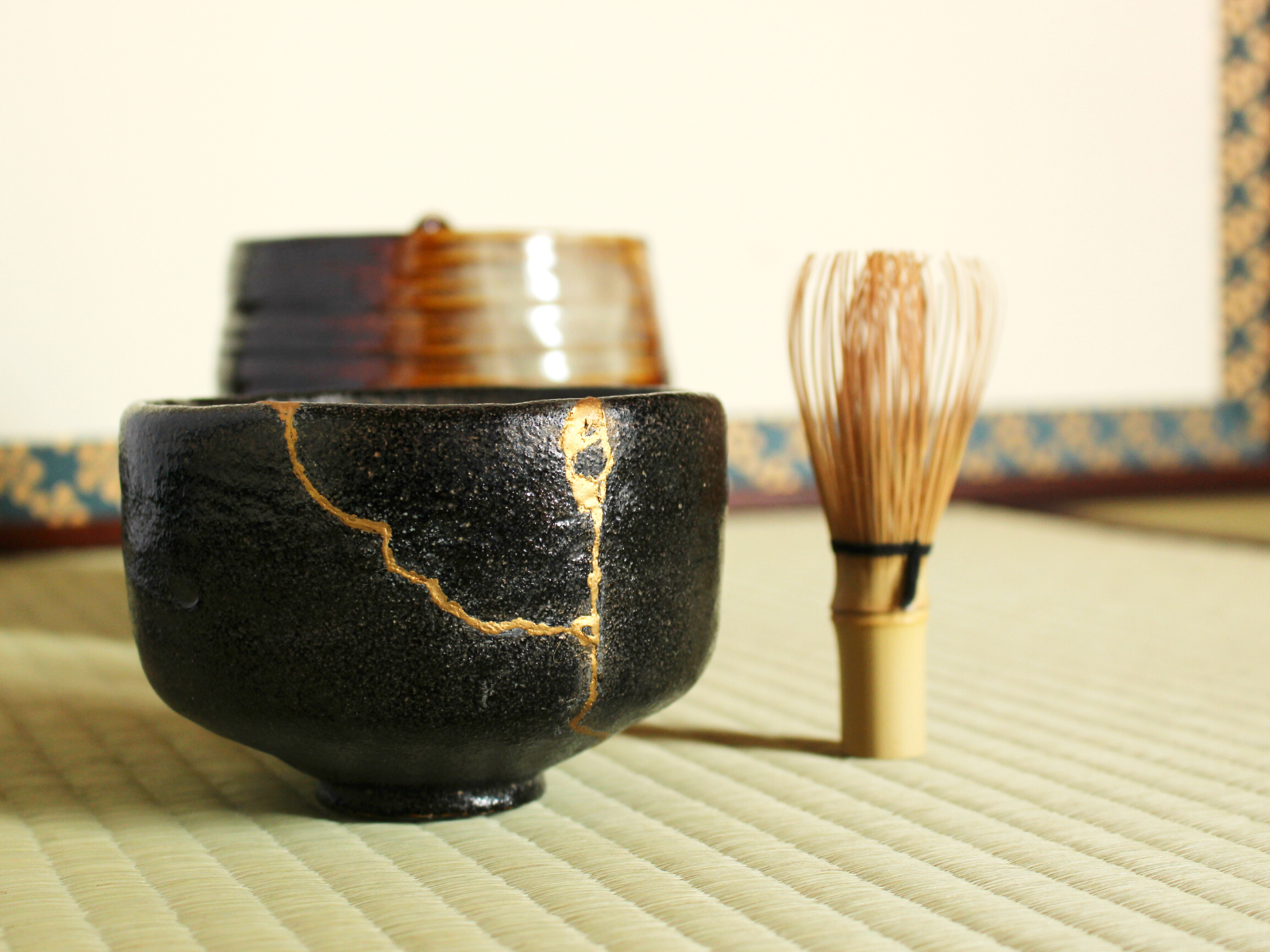
The Symbolism of Kintsugi: Embracing Flaws and Imperfections through Golden Repair
Kintsugi is more than just a method of repairing pottery; it is a profound philosophy that reflects the idea that damage and aging can be embraced and appreciated through the visible gold seams. The visible seams of gold serve as a reminder that our flaws and mistakes can be transformed into something beautiful if we take the time to appreciate them.
This Japanese philosophy extends beyond physical objects and can be applied to our lives. We all experience brokenness at some point, and how we deal with it determines whether we emerge stronger or weaker. Kintsugi teaches us to embrace our imperfections and find beauty in our scars, reminding us that our unique experiences make us who we are.
A Glimpse into the History of Kintsugi: A Japanese Art
The origins of kintsugi date back to the 15th century in Japan. The story goes that Japanese shogun Ashikaga Yoshimasa sent his favorite tea bowl to China for repairs after it was damaged.
When the bowl returned, it had been crudely repaired with metal staples, leaving Yoshimasa dissatisfied. This prompted Japanese craftsmen to develop a more aesthetically pleasing repair technique, leading to the birth of kintsugi.
By mending broken pieces with lacquer and gold dust, kintsugi not only restored the item but also elevated its beauty. This innovative approach quickly gained popularity, becoming a revered art form that continues to be practiced today.
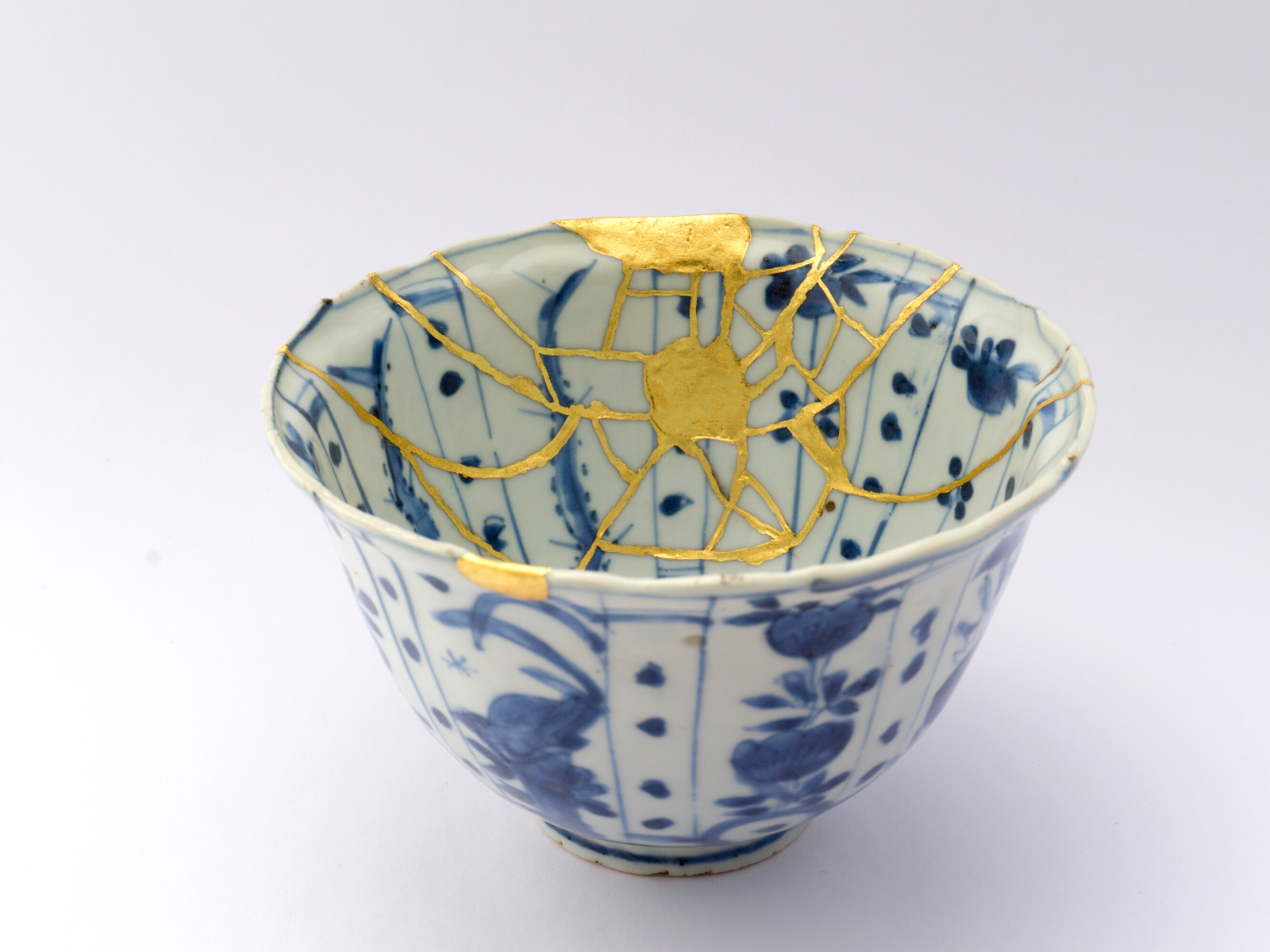
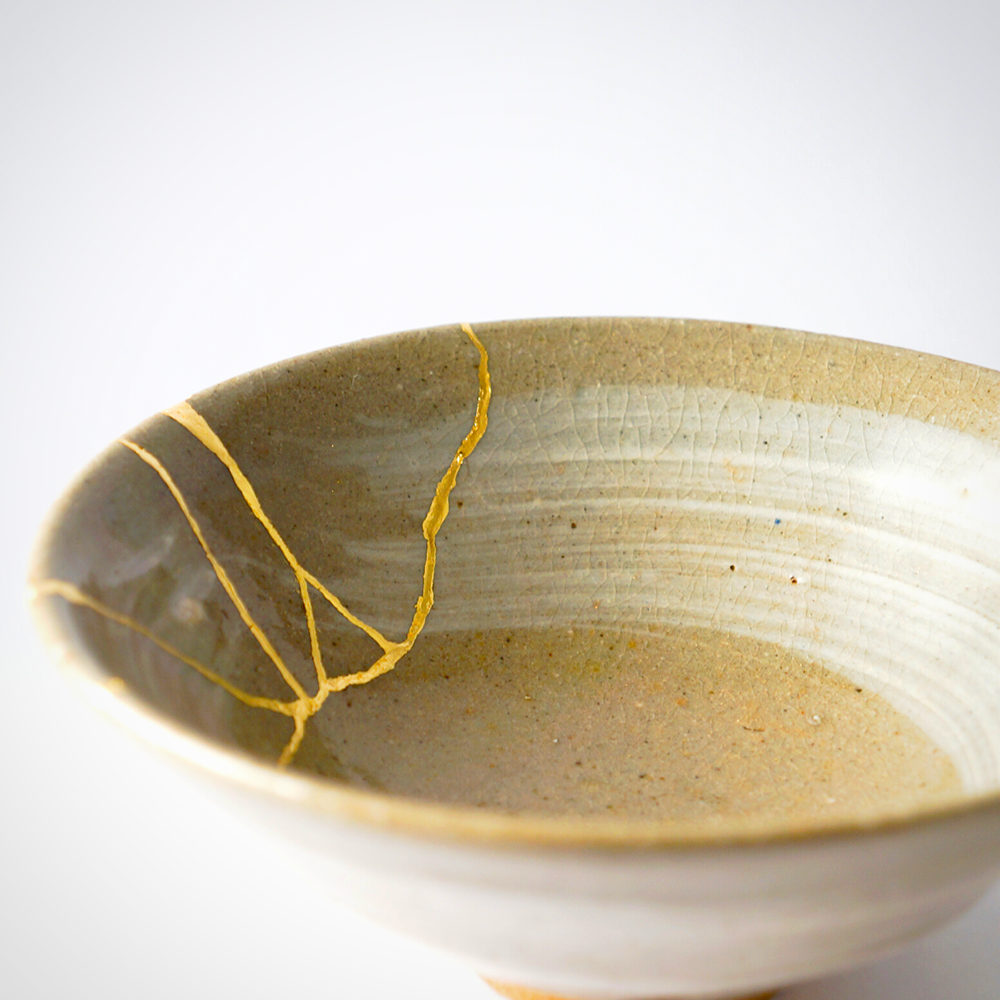
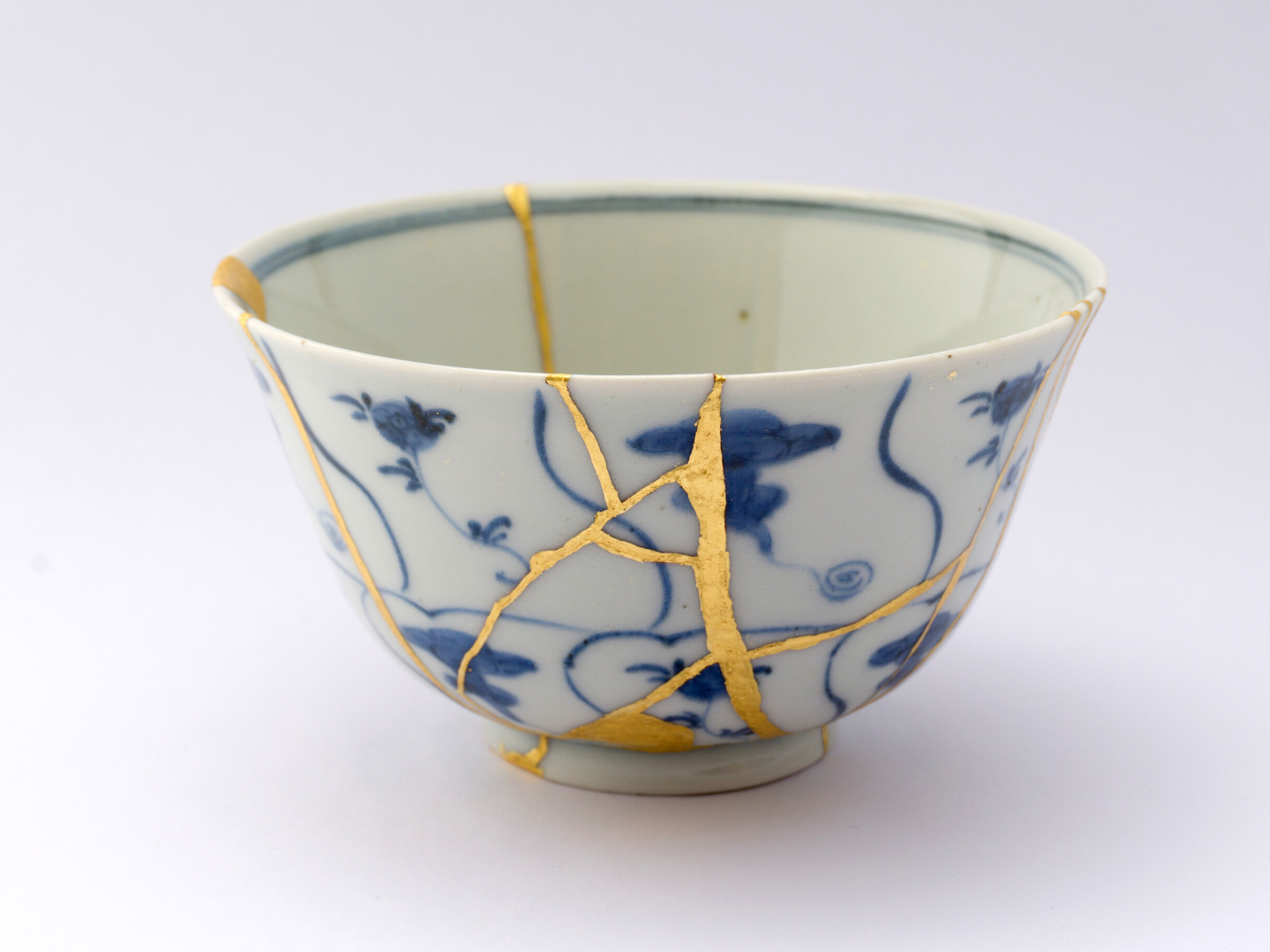
Ceramic Repair Techniques in Japanese Art
Ceramic repair techniques have been an integral part of Japanese art for centuries, and kintsugi is one of the most well-known and revered techniques.
Other ceramic repair techniques used in Japanese art include maki-e, which involves applying lacquer to create intricate designs, and urushi-e, which involves using urushi lacquer to create beautiful and durable finishes. Japanese craftsmen have long been known for their expertise in ceramic repair, and kintsugi is a testament to their skill and artistry.
In addition to kintsugi, Japanese craftsmen have developed a range of other ceramic repair techniques that are used to restore and preserve delicate pieces. These techniques include the use of gold lacquer, powdered gold, and other materials to create beautiful and durable repairs.
Japanese philosophy also plays a significant role in the development of these techniques, with many craftsmen drawing inspiration from the concept of wabi-sabi, which values the beauty of imperfection and impermanence.
One of the most famous stories about kintsugi is that of the Japanese shogun Ashikaga Yoshimasa, who broke his favorite tea bowl and had it repaired with golden lacquer. This story highlights the importance of kintsugi in Japanese culture, and it demonstrates the value that is placed on the repair and preservation of delicate pieces.
In modern times, kintsugi has become a popular technique among ceramic artists and collectors, and it is often used to create beautiful and unique pieces that showcase the art of repair. Whether it is used to repair a broken tea bowl or to create a new piece of art, kintsugi is a testament to the skill and artistry of Japanese craftsmen, and it continues to inspire and delight people around the world.
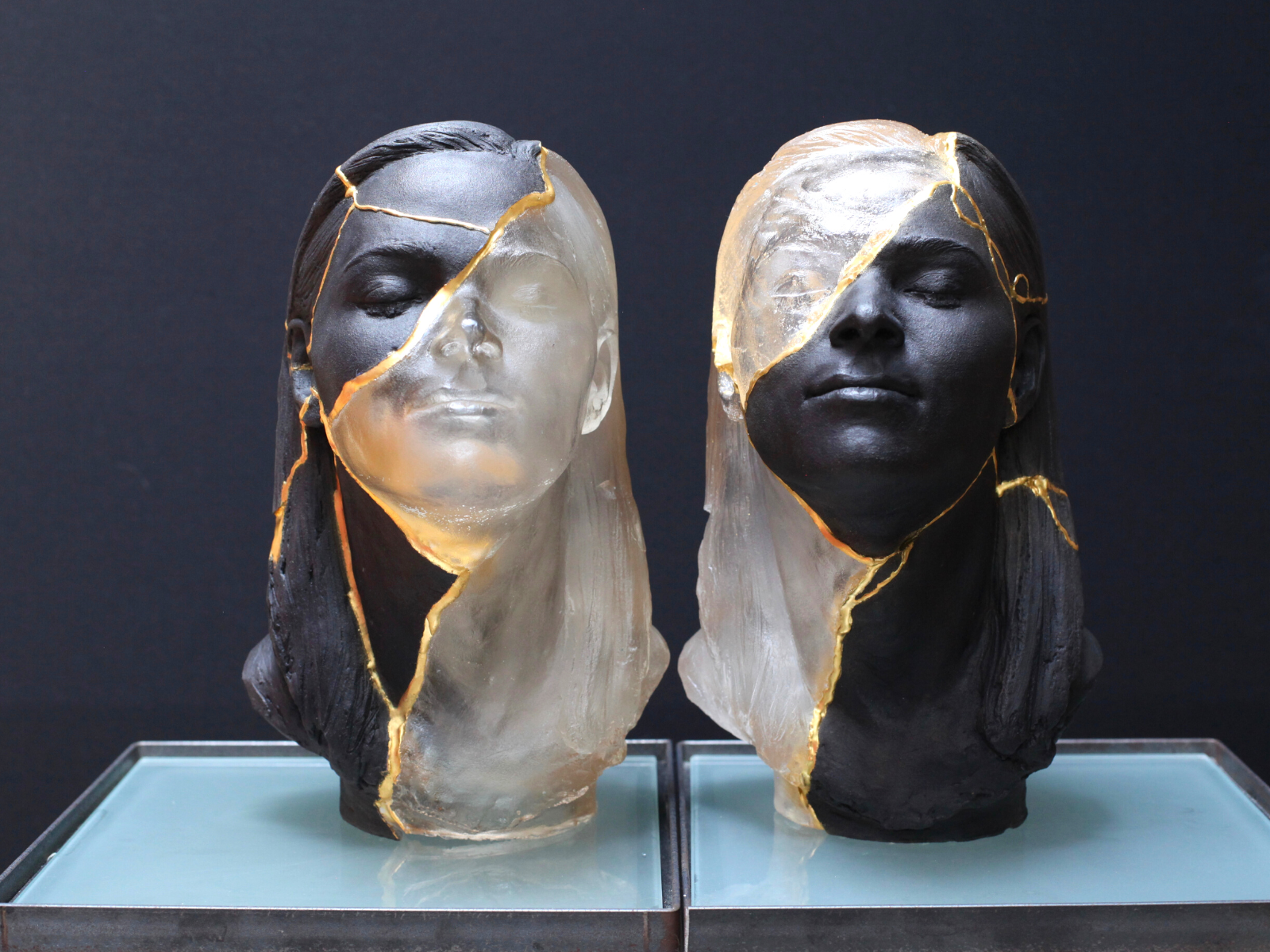
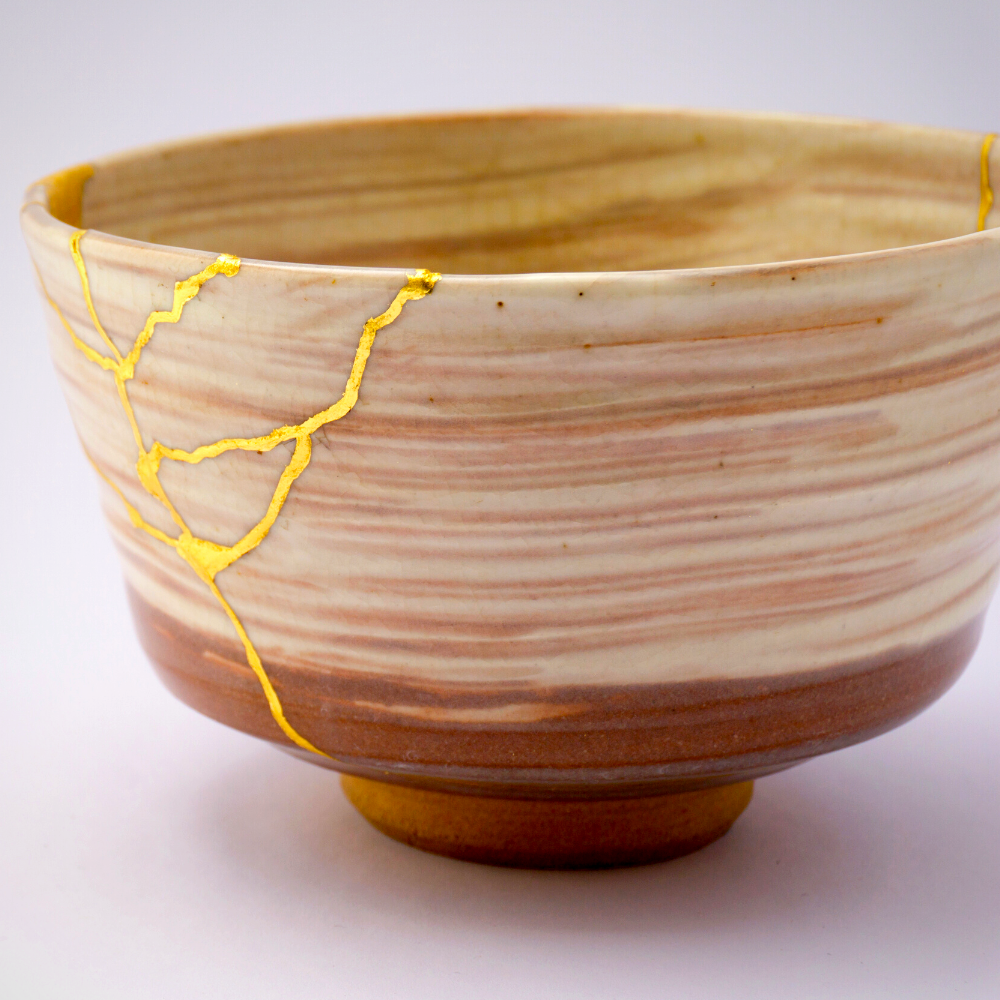
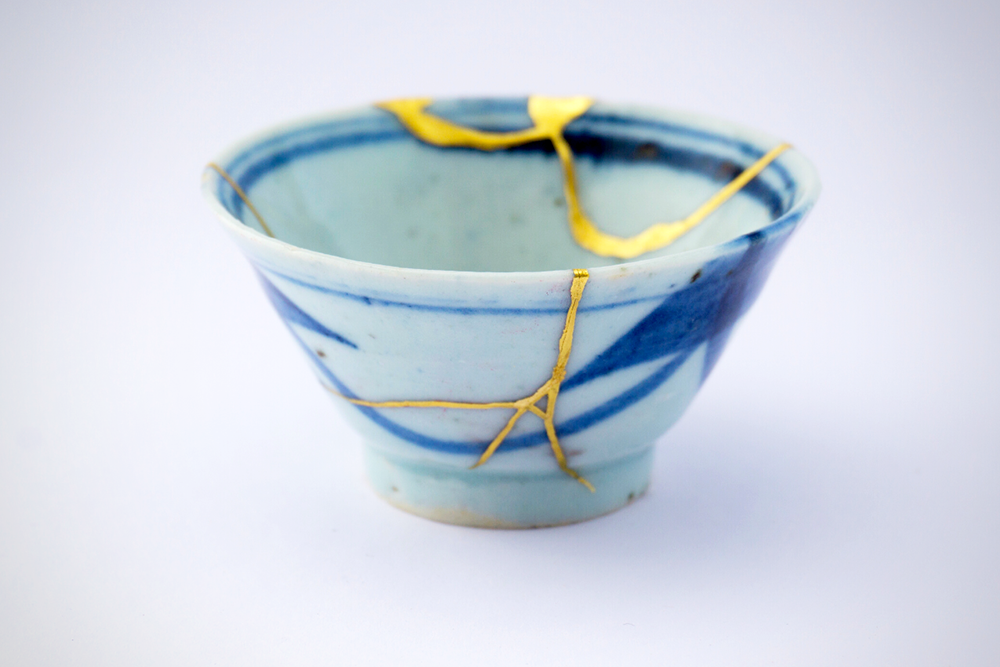
Kintsugi in Modern Ceramics: A Timeless Ceramic Repair Technique
Today, kintsugi is practiced using both traditional and modern methods. It can be applied to a wide range of ceramics, from everyday cups and dishes to intricate vases and sculptures.
Some collectors and artists are even deliberately smashing valuable pottery to later repair it using the kintsugi method, adding to its history with gilded repairs and creating one-of-a-kind works of art.
Each piece of kintsugi pottery is unique, with no two repairs looking the same. This timeless art form serves as a reminder that beauty can be found in imperfection and that our flaws can be transformed into strengths.
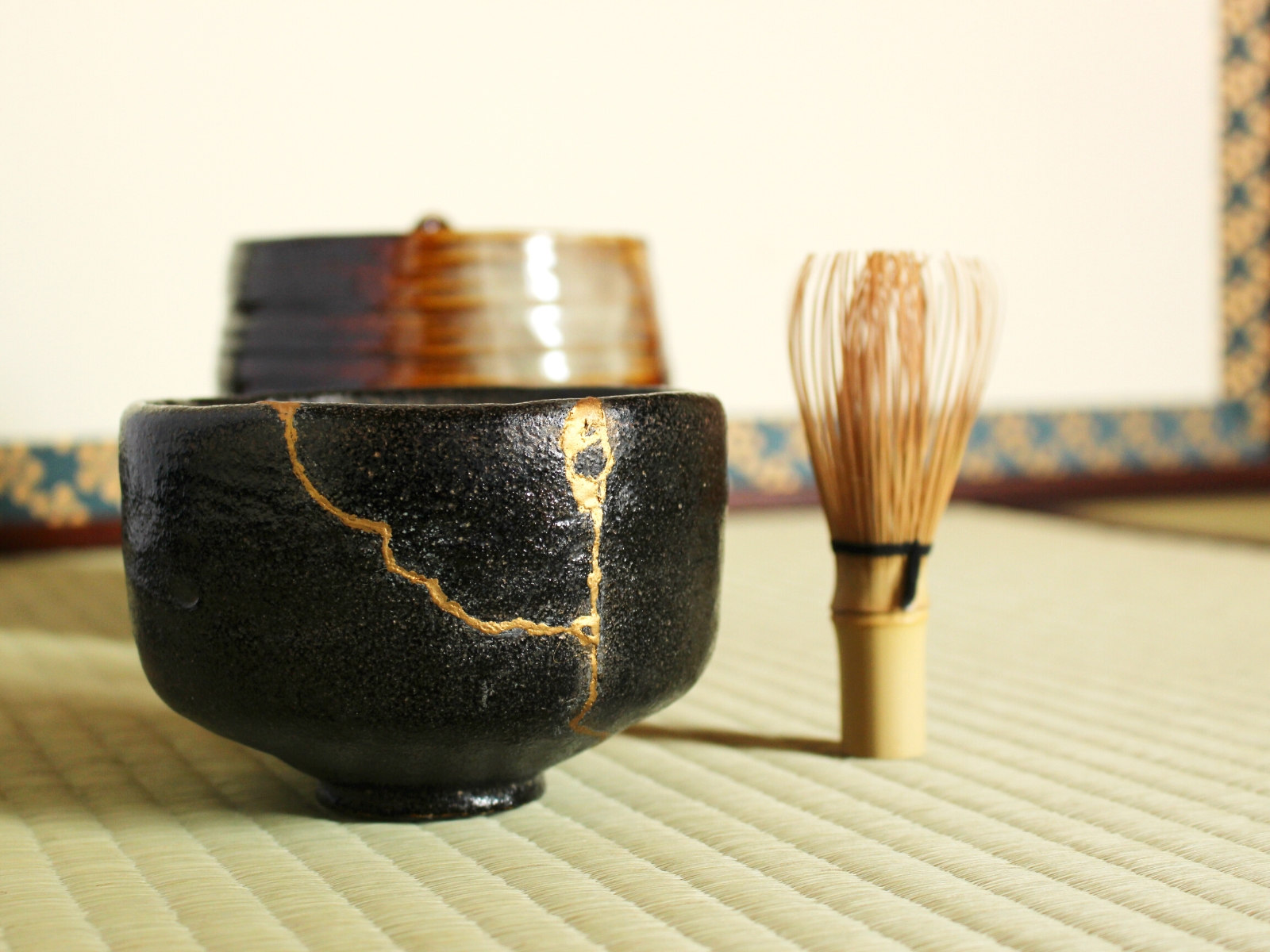
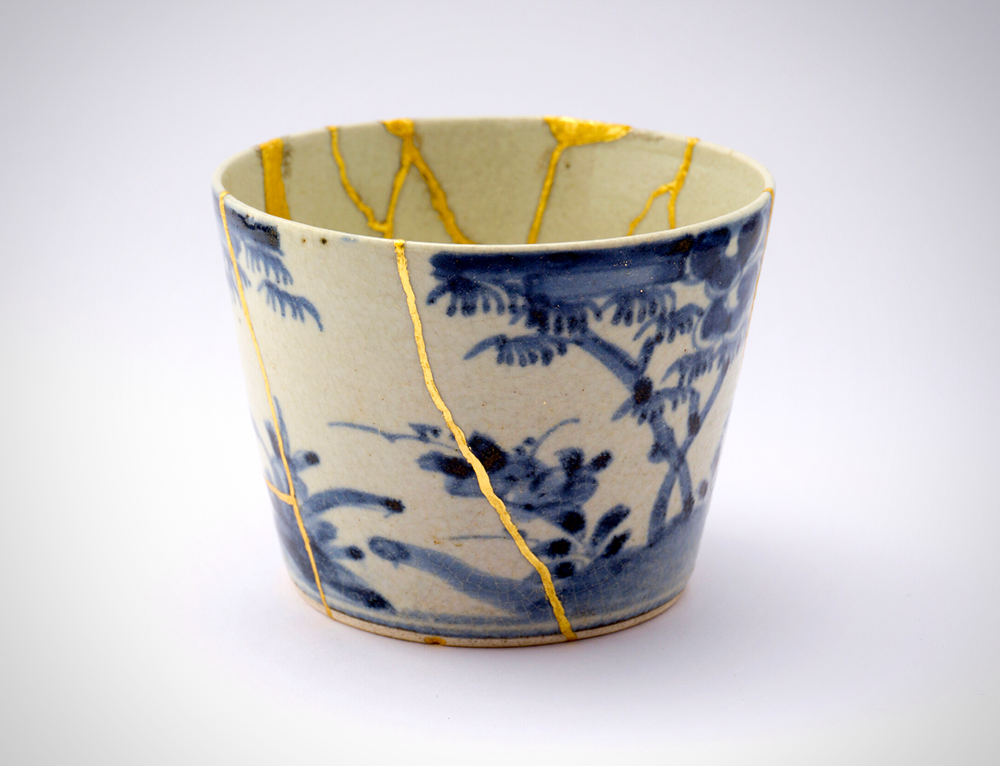
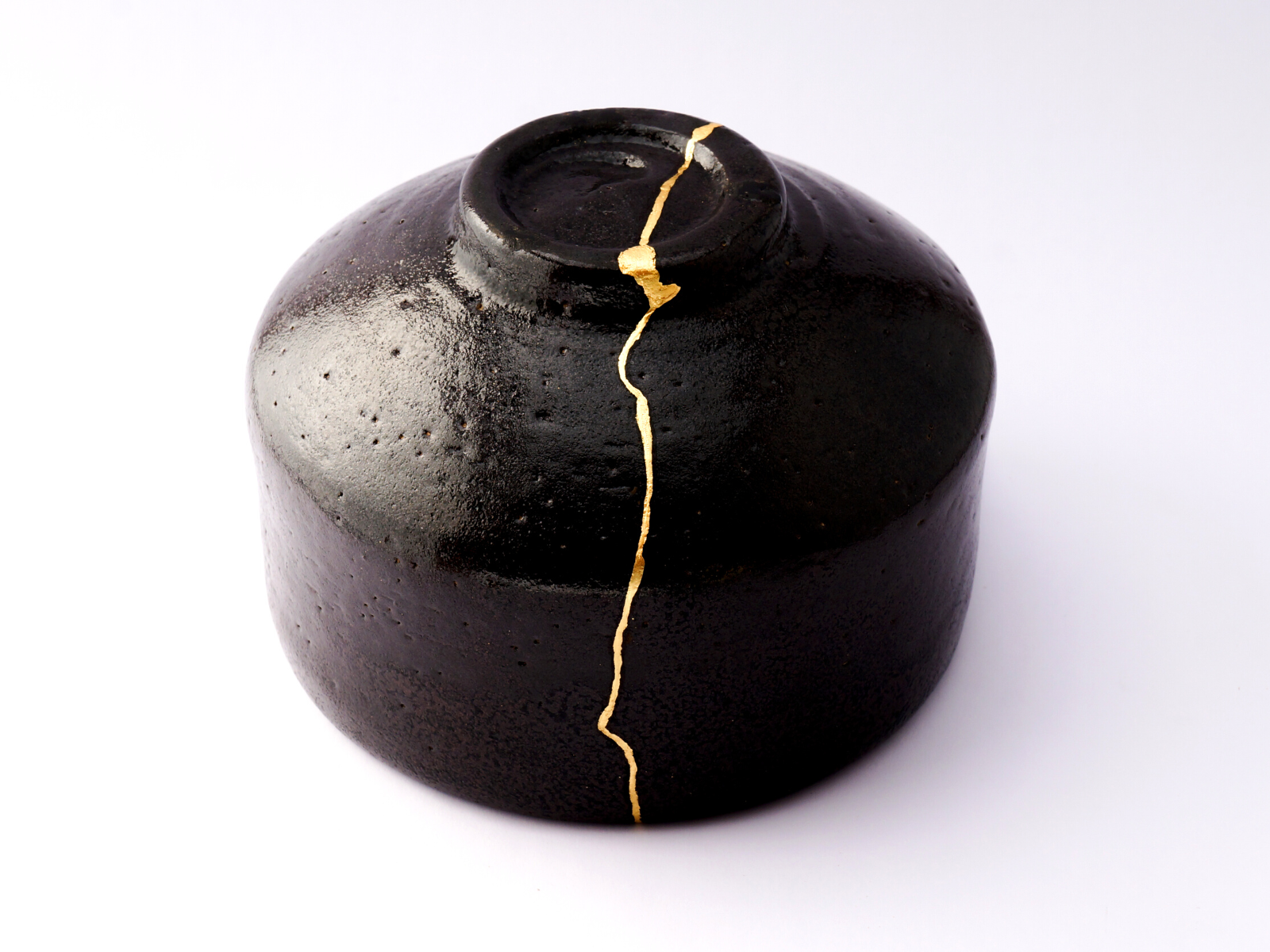
Applying Kintsugi Principles to Life: Embrace Your Brokenness
While kintsugi was originally developed for pottery, its principles can be applied to all aspects of life. Just as broken pottery can be mended and made stronger, we too can embrace our own damage and become more beautiful for it.
Here are ways to apply kintsugi principles to your life:
- Acknowledge Your Damage: The first step is to acknowledge that you're damaged. This requires facing your pain and admitting that you're not perfect. By doing so, you can begin the healing process and start rebuilding your life.
- Don't Hide Your Scars: Once you've acknowledged your damage, don't try to cover it up. Your scars are part of who you are, making you unique and beautiful. Embrace them and let them show, as they tell the story of your resilience and growth.
- Seek Help When Needed: We can't navigate life alone; sometimes, we need help to heal our wounds. If you're struggling, seek professional help or lean on friends and family for support. Surrounding yourself with a supportive community can aid in your healing journey.
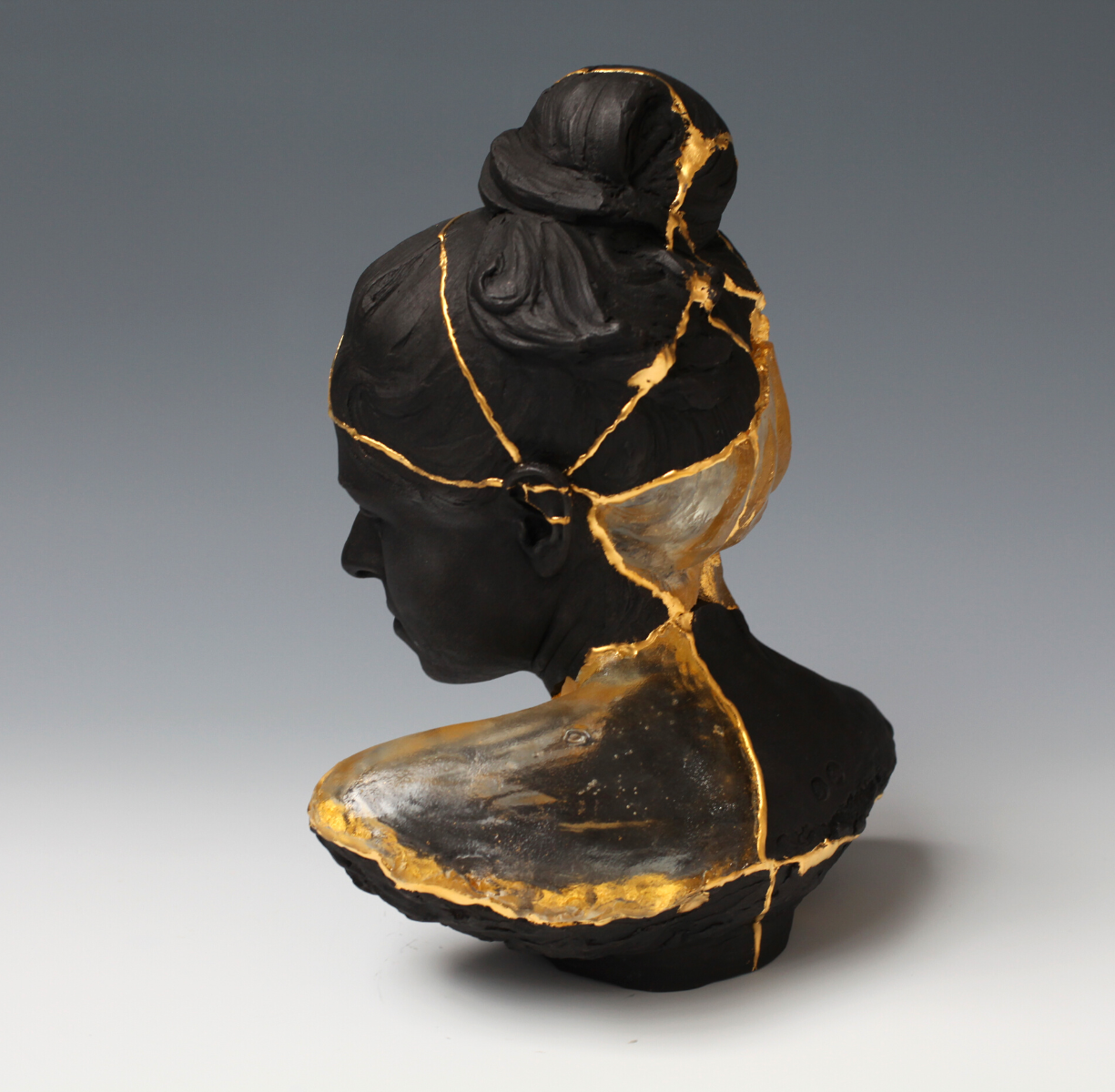
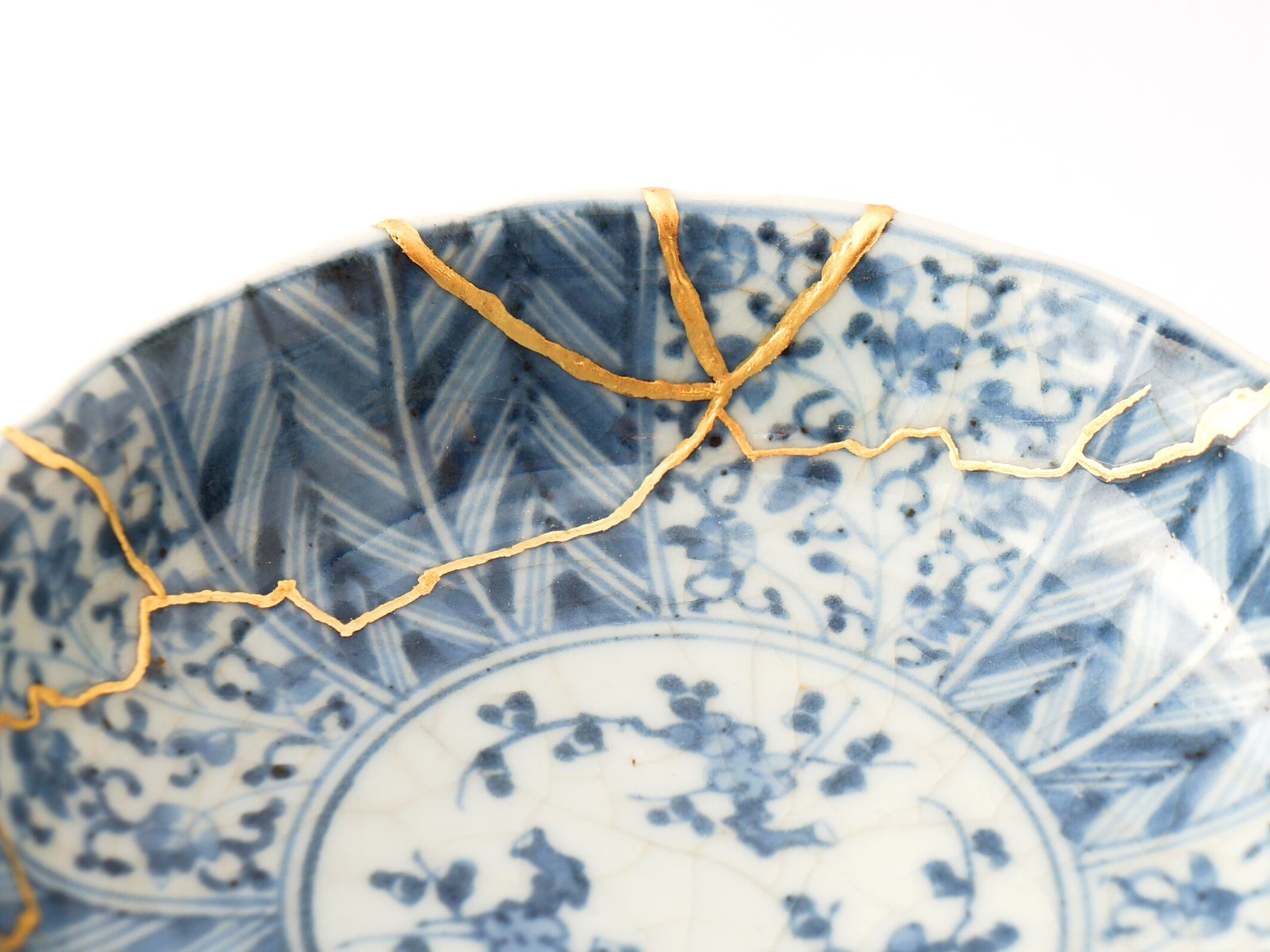
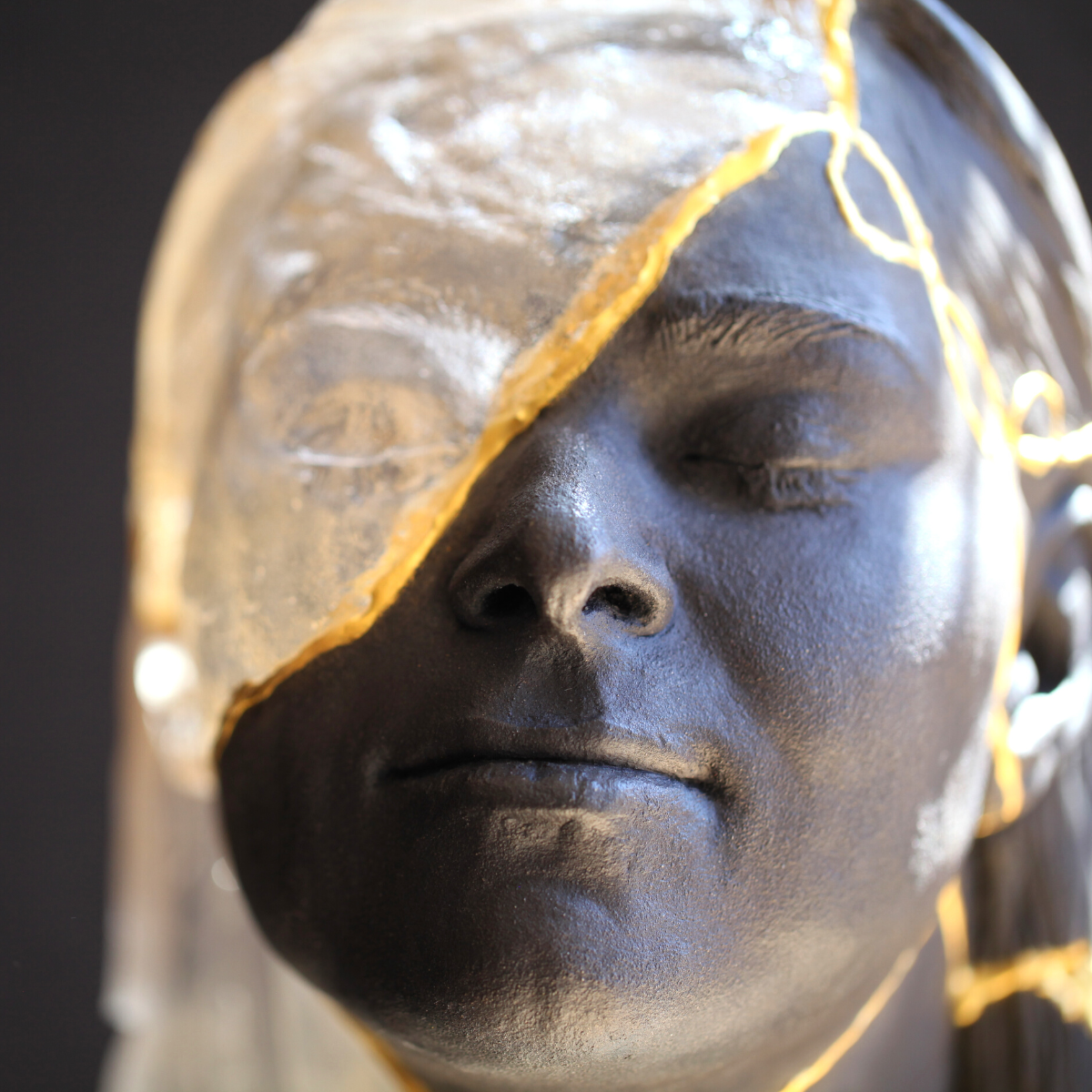
The Beauty and Power of Kintsugi: A Transformative Japanese Philosophy
Kintsugi is a Japanese art form that repairs broken ceramics with lacquer and gold dust, creating pieces that are often more beautiful than the originals. This philosophy can also be applied to our lives, reminding us that embracing our damage can make us stronger and more beautiful.
Kintsugi teaches us to appreciate the beauty in all things, even when they are flawed and imperfect. The next time something breaks in your life, don't run from the pain; instead, acknowledge it, embrace it, and let it make you stronger.
Let kintsugi inspire you to accept and appreciate your unique beauty, finding strength within your brokenness. Embrace the art of kintsugi and discover the beauty that lies within your imperfections.
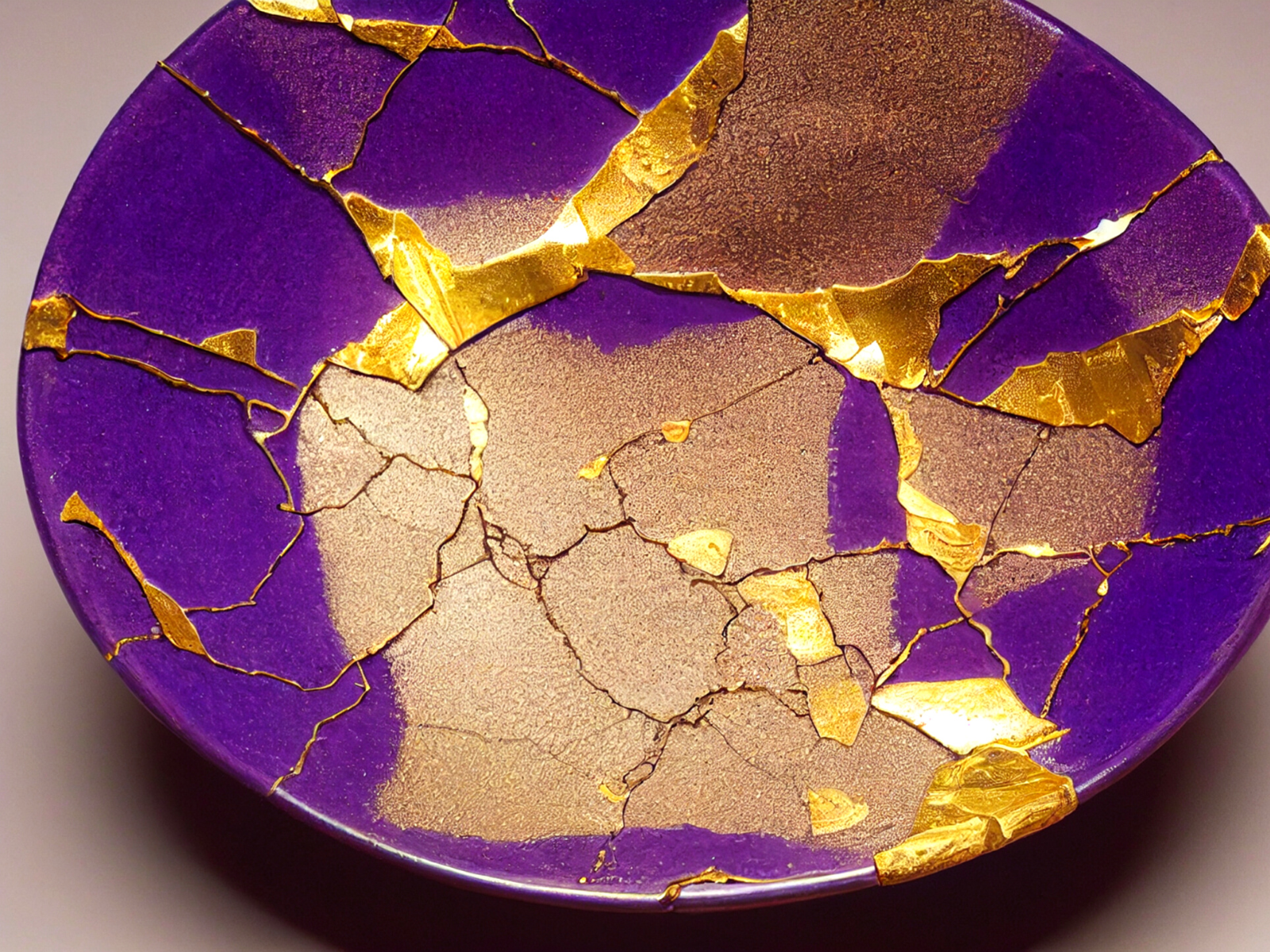
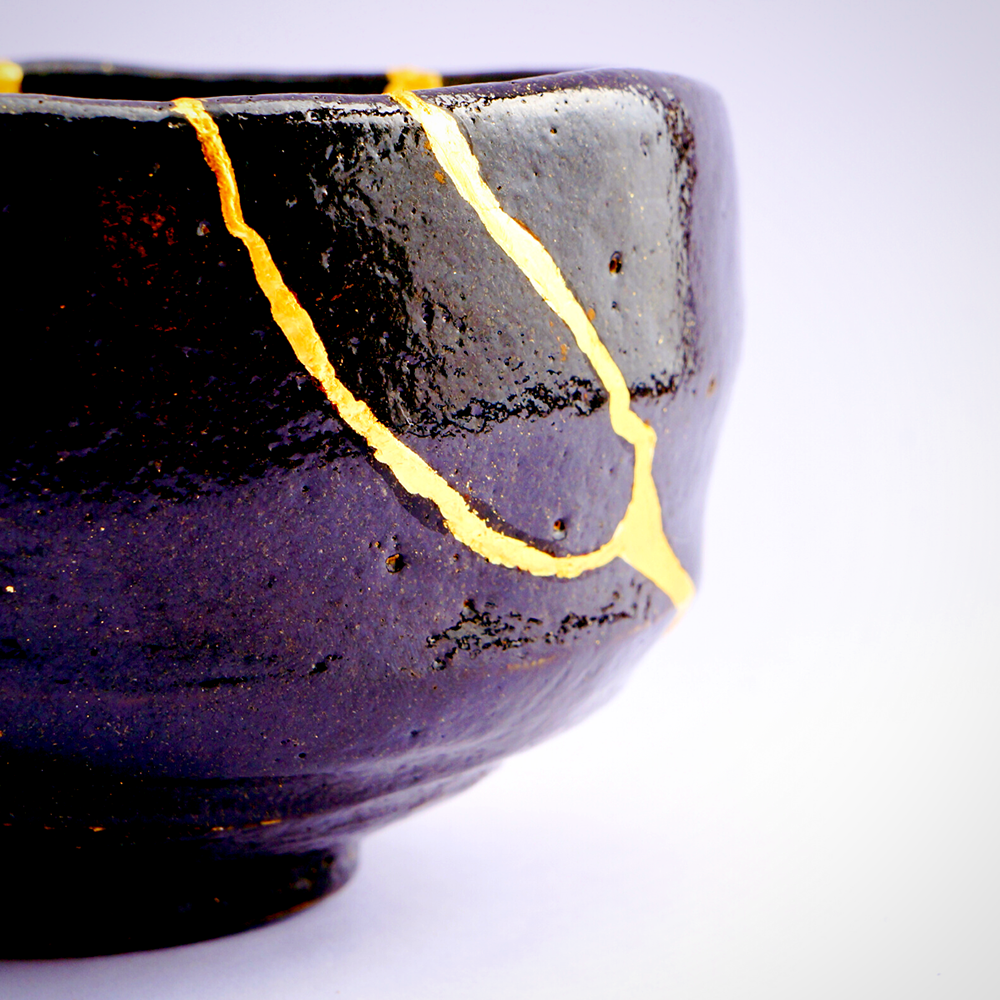
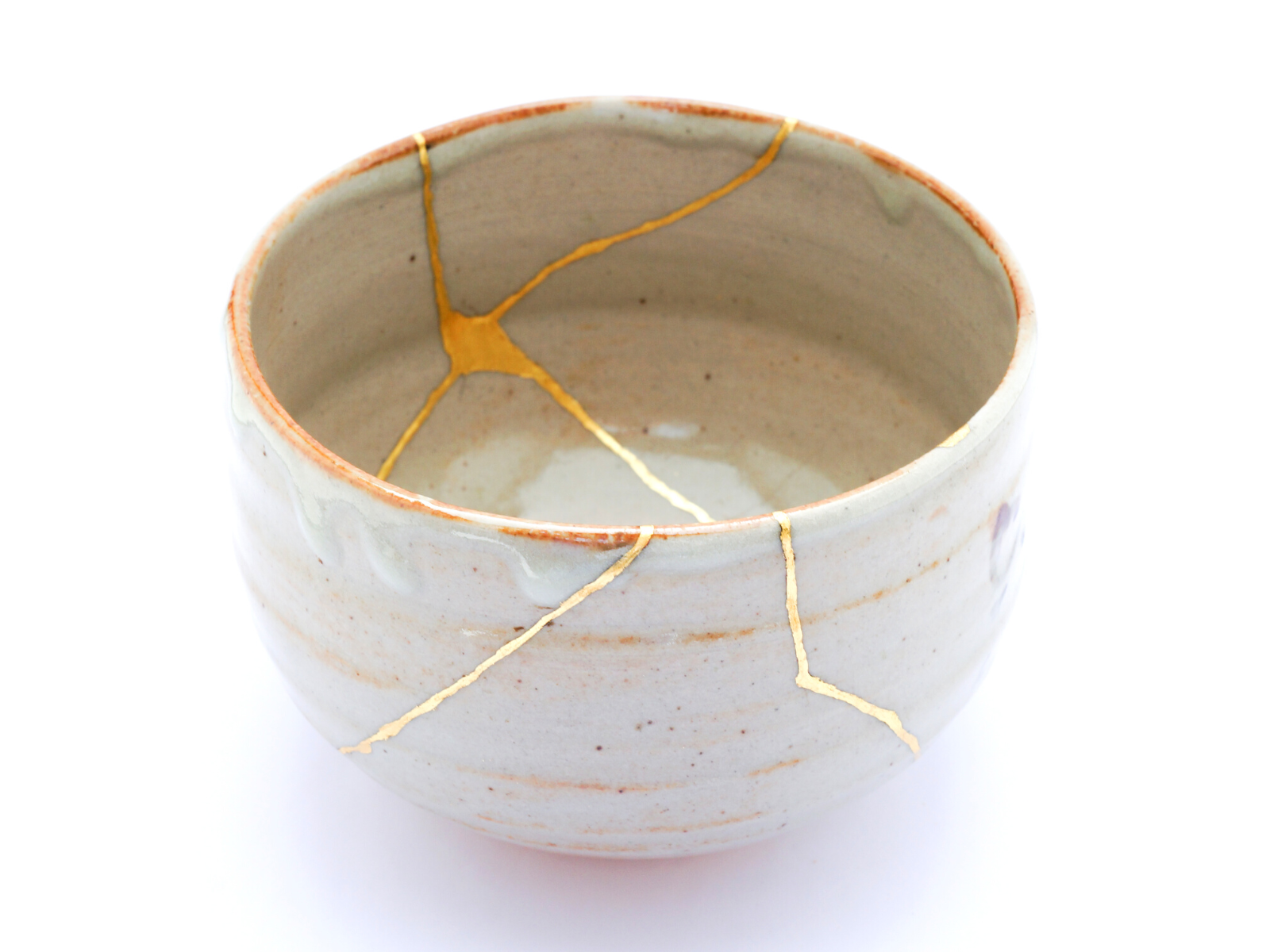
Eager to learn more about kintsugi? Check out these videos by Goodful and Insight Junky!
Want even more content about creativity and art?
Be sure to check out all of our creative chronicles!
Love pottery and working with clay?
Check out some of our other ceramic articles:
